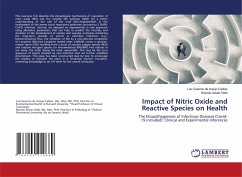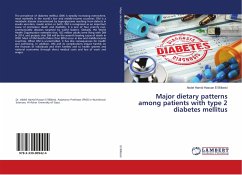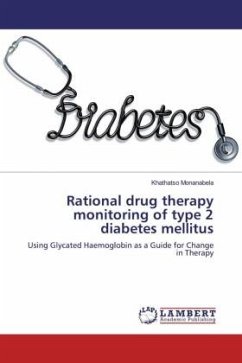
Serum Nitric Oxide and Lipid profile in Type 2 Diabetes Mellitus
Versandkostenfrei!
Versandfertig in 6-10 Tagen
47,99 €
inkl. MwSt.

PAYBACK Punkte
24 °P sammeln!
Diabetes Mellitus (DM) is fast gaining the status of a potential epidemic worldwide. According to recent estimates, approximately 285 million people worldwide (6.6%) in the 20-79 year age group are with diabetes in 2010 and by 2030, 438 million people (7.8%) of the adult population, is expected to have diabetes. The global increase in the prevalence of diabetes is due to population growth, aging, urbanization and an increase of obesity and physical inactivity. About 20% of the global burden of DM resides in South East Asia Region (SEAR) area and is likely to increase triple fold by 2025 from p...
Diabetes Mellitus (DM) is fast gaining the status of a potential epidemic worldwide. According to recent estimates, approximately 285 million people worldwide (6.6%) in the 20-79 year age group are with diabetes in 2010 and by 2030, 438 million people (7.8%) of the adult population, is expected to have diabetes. The global increase in the prevalence of diabetes is due to population growth, aging, urbanization and an increase of obesity and physical inactivity. About 20% of the global burden of DM resides in South East Asia Region (SEAR) area and is likely to increase triple fold by 2025 from present estimates of about 30 million to 80 million. India shelters the most number of people with DM worldwide. Data indicates that the prevalence of diabetes in rural populations is one-quarter that of urban population for India and other Indian sub-continent countries such as Bangladesh, Nepal, Bhutan, and Sri Lanka. Preliminary results from a large community study conducted by the Indian Council of Medical research (ICMR) revealed that a lower proportion of the population is affected in states of Northern India (Chandigarh 0.12 million, Jharkhand 0.96 million).












